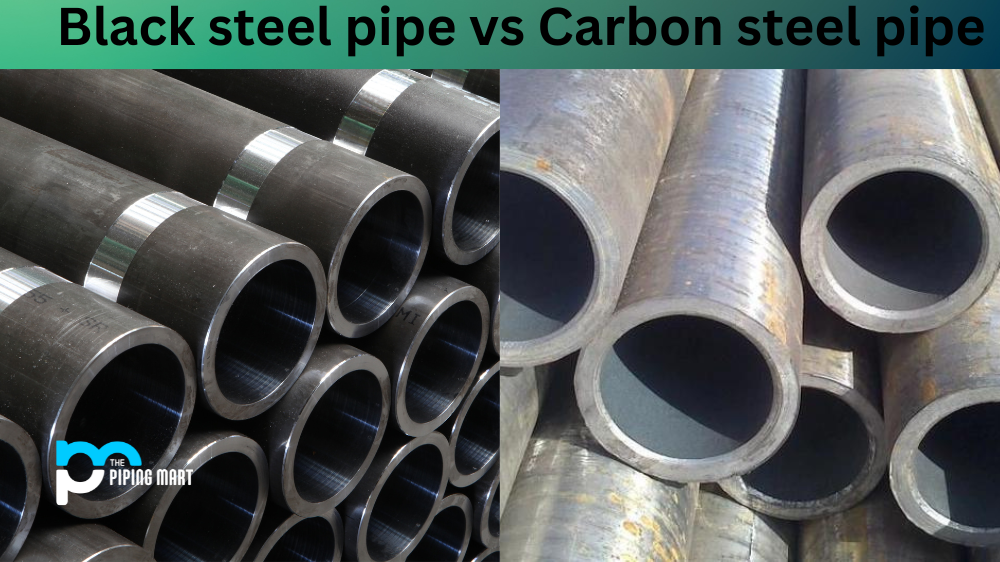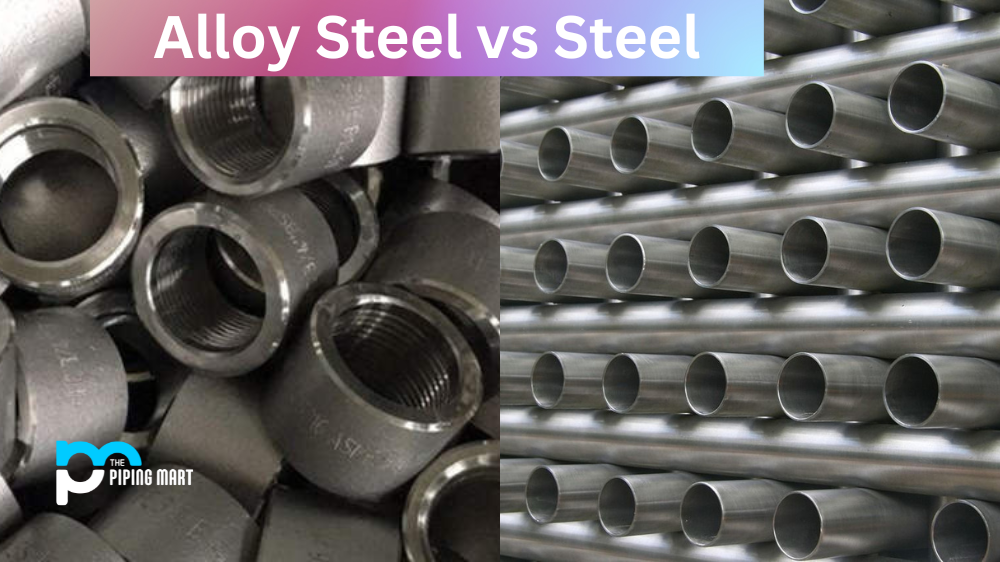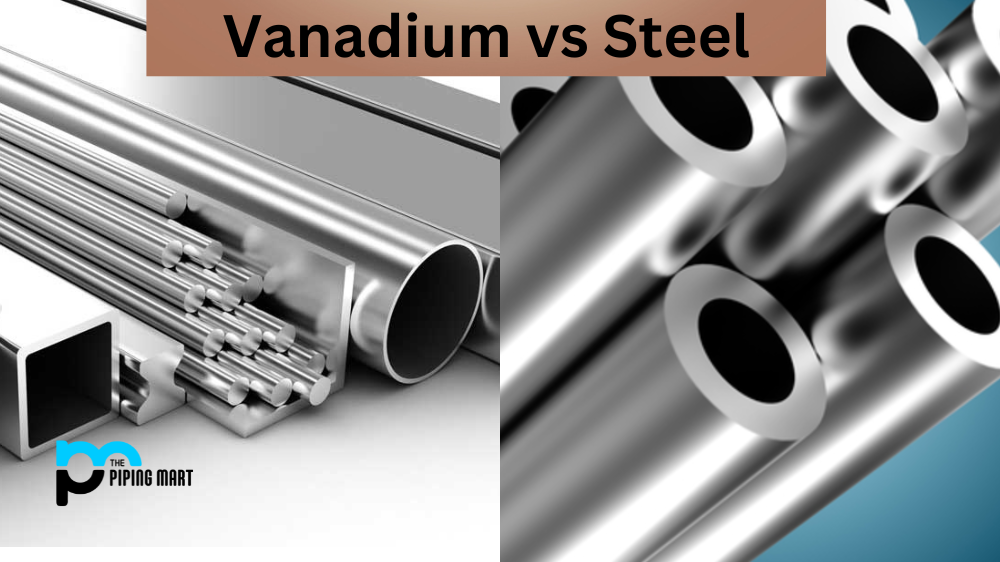Steel is one of the most popular and versatile materials used in construction, manufacturing, and various other applications. But not all steel is created equal – there are many different grades, types, and variants, each with unique properties and advantages. If you’re considering using steel for your next project, you’ll likely come across two popular types of steel: black steel and carbon steel. Let’s take a closer look at what sets these two apart.
Black Steel
Black steel is made by adding carbon to iron during the smelting process. This creates iron-carbon alloys that are harder than pure iron but more brittle than other types of steel. Black steel has a matte finish that does not rust or corrode as easily as regular carbon steel due to its higher carbon content levels. It is also highly resistant to wear and abrasion due to its hardness, making it a popular choice for structural components such as bridges and heavy machinery parts where durability is essential. However, its hardness also makes it challenging to work with – cutting or welding requires special equipment and expertise.
Carbon Steel
Carbon steel contains up to 2% carbon, iron, and other elements such as manganese, chromium, vanadium, tungsten, nickel, molybdenum, copper, and titanium. Carbon content affects the strength and hardness of the material but also increases brittleness, so care must be taken when machining or forming the material into specific shapes. Carbon steels are heat-treated after fabrication to achieve desired properties such as increased strength or improved corrosion resistance. These steels are easy to cut and weld, making them great for general fabrication use, such as frames and brackets for machinery or piping systems for industrial applications.
Difference Between Black Steel and Carbon Steel
- Black steel is made from iron that has been heated in a furnace and then coated with a carbon layer.
- Carbon steel is made from iron that has been heated in a furnace and mixed with other materials, such as manganese, chromium, or nickel.
- Black steel is more durable than carbon steel and is better suited for applications requiring strength and durability.
- Carbon steel is less durable than black steel and is better suited for applications where flexibility and ease of machining are required.
- Black steel is more difficult to weld than carbon steel and is best suited for applications where welding is not required.
- Carbon steel is more accessible to weld than black steel and is best suited for applications where welding is required.
- Black steel is more susceptible to corrosion than carbon steel and is best suited for applications where corrosion resistance is not required.
- Carbon steel is less susceptible to corrosion than black steel and is best suited for applications requiring corrosion resistance.
- Black steel requires more maintenance than carbon steel and should be painted or otherwise protected from the elements if used in outdoor applications.
- Carbon steel requires less maintenance than black steel and can be left unpainted in most outdoor applications
Conclusion:
Both black steel and carbon steel offer a range of benefits depending on your specific application requirements. Black steels have high carbon content levels, making them harder but more brittle. In contrast, carbon steels contain lower amounts of carbon, making them easier to work with while still providing strength properties similar to black steels in some cases. Ultimately it boils down to what type of project you’re working on – if you need something that can withstand wear or abrasion, then black steel may be your best bet, while if you need something easier to form, then carbon steel may be better suited for your project needs. Whichever type of steel you choose, make sure that you consider all factors involved before making a final decision – including cost efficiency!

Pipingmart is B2B portal specializes in industrial, metal and piping products. Also, share latest information and news related to products, materials and different types grades to help business dealing in this industry.




